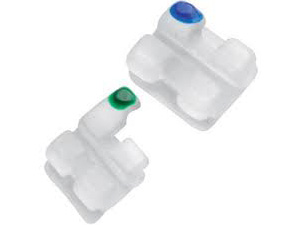
ORTHODONTIC TREATMENT WITH FIXED BRACES (BRACKETS):
WHAT IS A BRACKET?
As the name suggests, fixed orthodontic treatment involves the use of fixed appliances. In this treatment, a small grooved metal or porcelain piece called a "bracket" is bonded to the surface of the tooth.
METAL BRACKETS (Metal Braces)
Metal brackets are the most commonly used type in orthodontic treatment. They can be easily placed and removed. Fixed metal braces are the most preferred by orthodontists and provide the best results. The elastics attached to the brackets can be either colored or transparent. You can choose and change the color at your monthly check-ups.
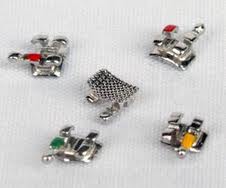
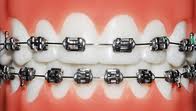
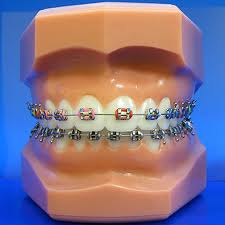
AESTHETIC BRACKETS (Aesthetic Braces)
These brackets, made of ceramic, are less visible because they match the color of the teeth. Due to this feature, they are often preferred by adult patients. Since they are more fragile, extra care should be taken during treatment. There are also completely transparent versions of these brackets.
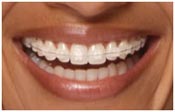
Or there are ones that have only a small part made of metal. In cases where a lot of force needs to be applied, the risk of breakage is high, so sometimes a small portion may need to be metal.
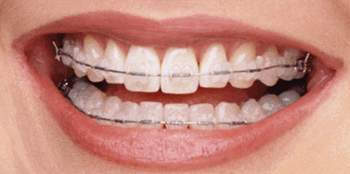
DAMON SYSTEM (Braces with metal covers)
a- Metal Covered Brackets:
Also known as Self-Ligation or Self-Binding system. It allows the wire to move back and forth within the bracket, eliminating friction. The teeth move faster, treatment time is shortened, and patient comfort is higher during the treatment
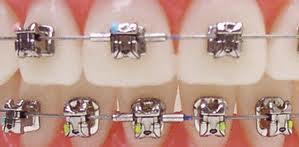
b- Aesthetic Covered Brackets:
These are the aesthetic version of covered brackets. They are more commonly preferred by adult patients.
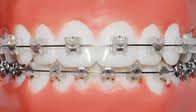
LINGUAL BRACES (Braces placed on the inside)
They are placed on the inner surface of the teeth. They are both very expensive and difficult to work with on the inner surface, so their usage is not yet very common.
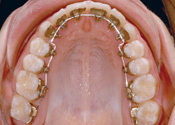
ORTHODONTIC TREATMENT WITH CLEAR ALIGNERS:
For this, your doctor needs to take impressions and, based on the analysis of the impressions, inform you about how many clear aligners you will need or whether your issue can be resolved in this way.
This treatment can be used in almost all cases today. Many misalignments in the lower or upper jaw can be corrected. In the end, it may be necessary to ensure retention with another clear aligner or prevent relapse by using a thin fixed retainer wire, which is bonded on the inside.

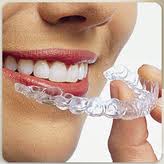
.jpg)
.jpg)
Fixed Upper Jaw Expander
In cases where the upper jaw is narrow, fixed upper jaw expanders are sometimes used to align the upper and lower teeth and ensure the teeth fit in the jaw. These devices are typically worn in the mouth for about 6 months. You can also watch this in the videos section.
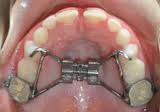
Removable Orthodontic Appliances
These are devices that can be put on and taken off by the patient. They are used for simple tooth movements, jaw constrictions, preventing bad habits, space maintainers, and retention treatment after fixed treatment.
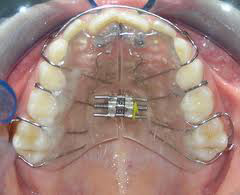
Extraoral Appliances
They can be put on and taken off by the patient. They can be used to assist with treatment during fixed treatment or can be used alone to correct incorrect jaw relationships.
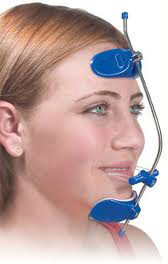

Functional Orthopedic Appliances
These are devices that can be put on and taken off by the patient or are fixed, used to correct poor jaw relationships. They can be used during fixed treatment or in combination with extraoral appliances.
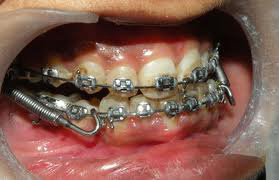
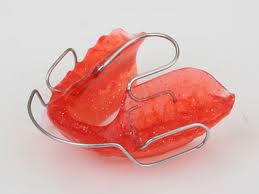
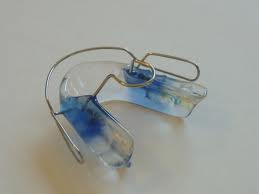

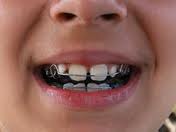
Retention Appliances (Devices used to prevent teeth from returning to their original position after treatment)
These are fixed or removable appliances used to maintain the final result achieved with active orthodontic treatment. Retention is usually done with retainers (stabilizers) placed on the inside, or you may need to use clear aligners.
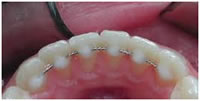

Space Maintainers
These are fixed or removable appliances designed to prevent adjacent teeth from tilting or rotating into the space left by a prematurely lost primary tooth (due to decay or an accident), until the permanent tooth underneath erupts.
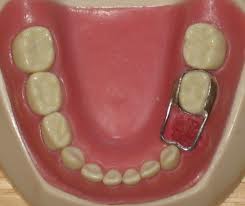
Orthodontic Implants
These are support units used inside the mouth instead of extraoral appliances, particularly in adult patients.


 Türkçe
Türkçe English
English

Contact Form